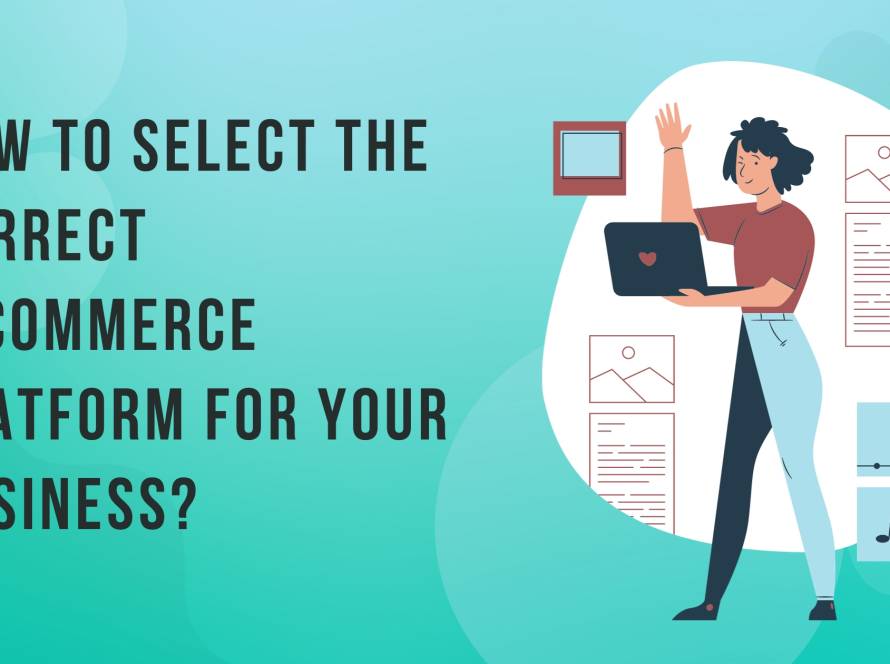Introduction
In the digital age, having a strong online presence is vital for any business, and for e-commerce businesses, a well-developed website is the cornerstone of success. One of the leading platforms for building robust e-commerce websites is Magento. Whether you’re a budding entrepreneur venturing into the world of online retail or an established business owner looking to enhance your digital storefront, this beginner’s guide to Developing ecommerce websites using Magento will be your trusted companion on this exciting journey.
Why Choose Magento for Ecommerce Development?
Before we dive into the nitty-gritty of developing e-commerce websites with Magento, let’s explore why this platform is a preferred choice among developers and business owners alike.
1. Scalability and Flexibility
- Unlocking Your Ecommerce Potential: Magento offers scalability that grows with your business. Whether you have a small startup or a large enterprise, Magento can adapt to your evolving needs.
2. Customization
- Tailored to Your Brand: With Magento, you have the freedom to create a unique online store that aligns perfectly with your brand’s identity. Customize every aspect to stand out in the competitive e-commerce landscape.
3. Robust Feature Set
- Powerful Functionality: Magento provides a wide range of features, from inventory management to marketing tools, ensuring you have everything you need to run a successful online store.
4. Community and Support
- A Thriving Community: Magento boasts a strong community of developers, making it easy to find support, extensions, and solutions to common e-commerce challenges.
Setting Up Your Magento Ecommerce Website
Now that we’ve established why Magento is an excellent choice, let’s roll up our sleeves and get started with building your e-commerce website.
1. Choosing the Right Hosting
- Foundation for Success: Select a reliable hosting provider that can handle the demands of your online store. Ensure it offers fast loading times and security features.
2. Installing Magento
- Laying the Groundwork: Follow Magento’s installation guide to set up the platform on your server. You can choose between Magento Open Source (formerly Community) or Magento Commerce (formerly Enterprise) based on your needs and budget.
3. Selecting a Theme
- Designing Your Storefront: Choose a Magento theme that aligns with your brand’s aesthetic and provides a user-friendly interface. You can find both free and premium themes in the Magento marketplace.
4. Customization and Configuration
- Make It Yours: Dive into Magento’s admin panel to customize your website. Add your logo, set up payment gateways, configure shipping options, and create product categories.
5. Adding Products
- Showcasing Your Offerings: Populate your store with product listings, high-quality images, and detailed descriptions. Magento allows you to manage your inventory efficiently.
6. Optimizing for SEO
- Visibility in Search Engines: Implement on-page SEO strategies to improve your website’s ranking on search engines. Optimize product pages, meta descriptions, and alt tags.
7. Testing and Quality Assurance
- Ensuring Smooth Functionality: Thoroughly test your website to ensure all features work correctly, and there are no glitches. Test the checkout process to guarantee a seamless customer experience.
Marketing Your Magento Ecommerce Website
Having a well-developed website is just the beginning. To succeed in the competitive e-commerce landscape, you need effective marketing strategies.
1. Content Marketing
- Engaging Your Audience: Create valuable content such as blog posts, product guides, and videos to engage your audience and establish your brand as an authority in your niche.
2. Social Media Marketing
- Connecting with Customers: Utilize social media platforms to connect with your audience, showcase products, and run targeted ad campaigns.
3. Email Marketing
- Building Customer Relationships: Develop email marketing campaigns to nurture customer relationships, offer promotions, and drive repeat business.
4. Pay-Per-Click Advertising (PPC)
- Boosting Visibility: Consider PPC campaigns to increase visibility on search engines and drive traffic to your e-commerce website.
5. Search Engine Optimization (SEO)
- Improving Search Rankings: Continue to optimize your website for search engines to ensure potential customers can find you easily.
Conclusion
Congratulations, you’ve embarked on the exciting journey of developing your e-commerce website with Magento. Remember that your website is a dynamic entity that requires ongoing attention and improvement. Keep an eye on analytics to understand user behavior, refine your marketing strategies, and stay updated with the latest Magento updates and security patches.
As you navigate this journey, don’t hesitate to seek assistance from the vast Magento community and explore additional resources, such as forums and online tutorials. The possibilities for your e-commerce success with Magento are endless.
In closing, the world of e-commerce offers boundless opportunities, and Magento is your trusted companion on this thrilling adventure. With dedication, creativity, and a commitment to excellence, your e-commerce website has the potential to become a thriving digital storefront that attracts and satisfies customers from around the world.
So, gear up, embrace the world of e-commerce development with Magento, and watch your online business flourish in the ever-evolving digital landscape. The A Beginner’s Guide to Developing Ecommerce Websites with Magento is your roadmap to e-commerce success – make the most of it!



